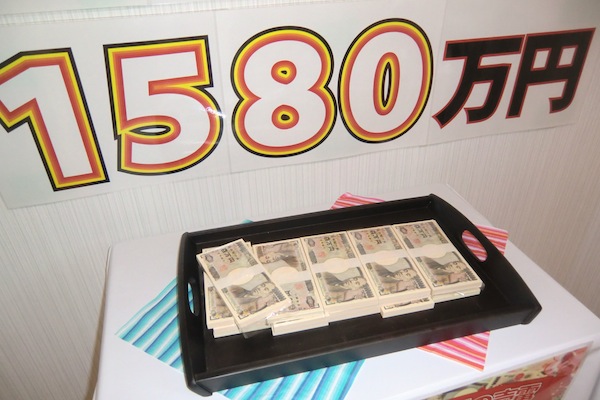The burden of expectations (1)
Once you embark on a certain course of action, even if the motivation is basically speculative, matters often progress of their own accord. Though we hadn’t yet secured the plot of land we liked, the fact that for a month it was ours for the taking made us feel strangely possessive of it. It is only a ten-minute bike ride from our apartment, and in the weeks after our visit to A-1 we would drop by just to have a look at it and imagine what a house might look like sitting on it. Sometimes we would address a pressing consideration, such as: What is the Internet capability in this leafy corner of the city? It was a real consideration since our work depends on online access, and one day we asked the carpenter next door, who just happened to be outside puttering around, what sort of access he had. He didn’t, and didn’t seem to know anything about it since he didn’t need the Internet for his work and wasn’t a technophile. While we admired his resistance to the irresistible pull of modern life we also felt slightly taken aback. Were we thinking of moving into the Ozarks?
Later, we met another neighbor who assured us that optical fiber connections were available in the area, but the seed had already been planted. What about the water we’d be consuming from the well we’d have to dig? The carpenter said it tasted terrible and that he only used it for washing, while the other neighbor thought it tasted better than the city water he used to drink. We knew there was no accounting for taste, but that’s quite a gap in perception. The realtor said something about the depth of the wells: that the carpenter’s was shallow and the other neighbor’s much deeper, but that information only made us more confused and obligated to do even more research into the matter. In other words, coming to a decision about the land was going to be even more complicated than we’d thought. Read More

